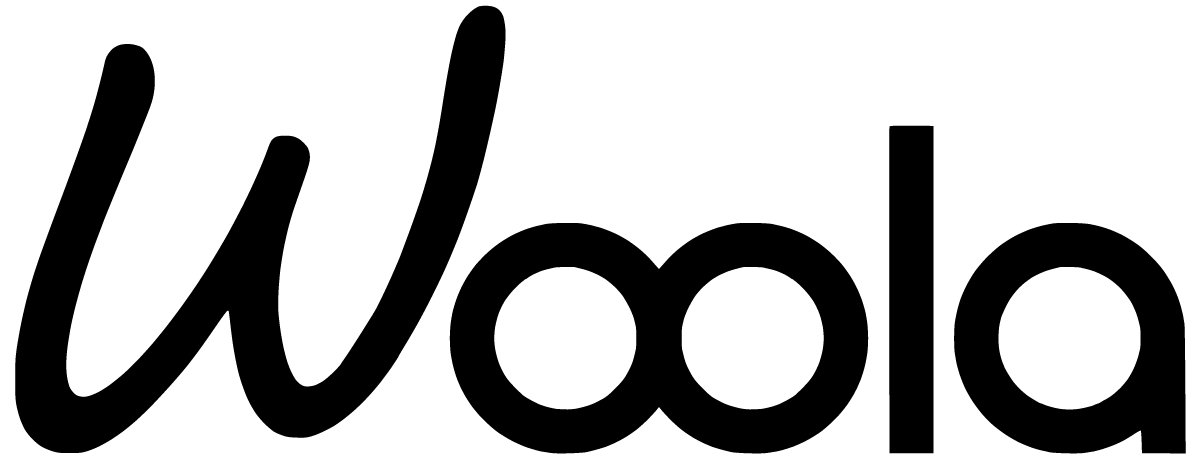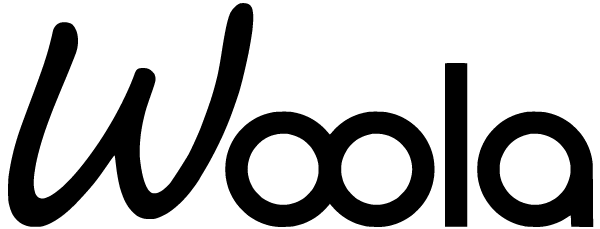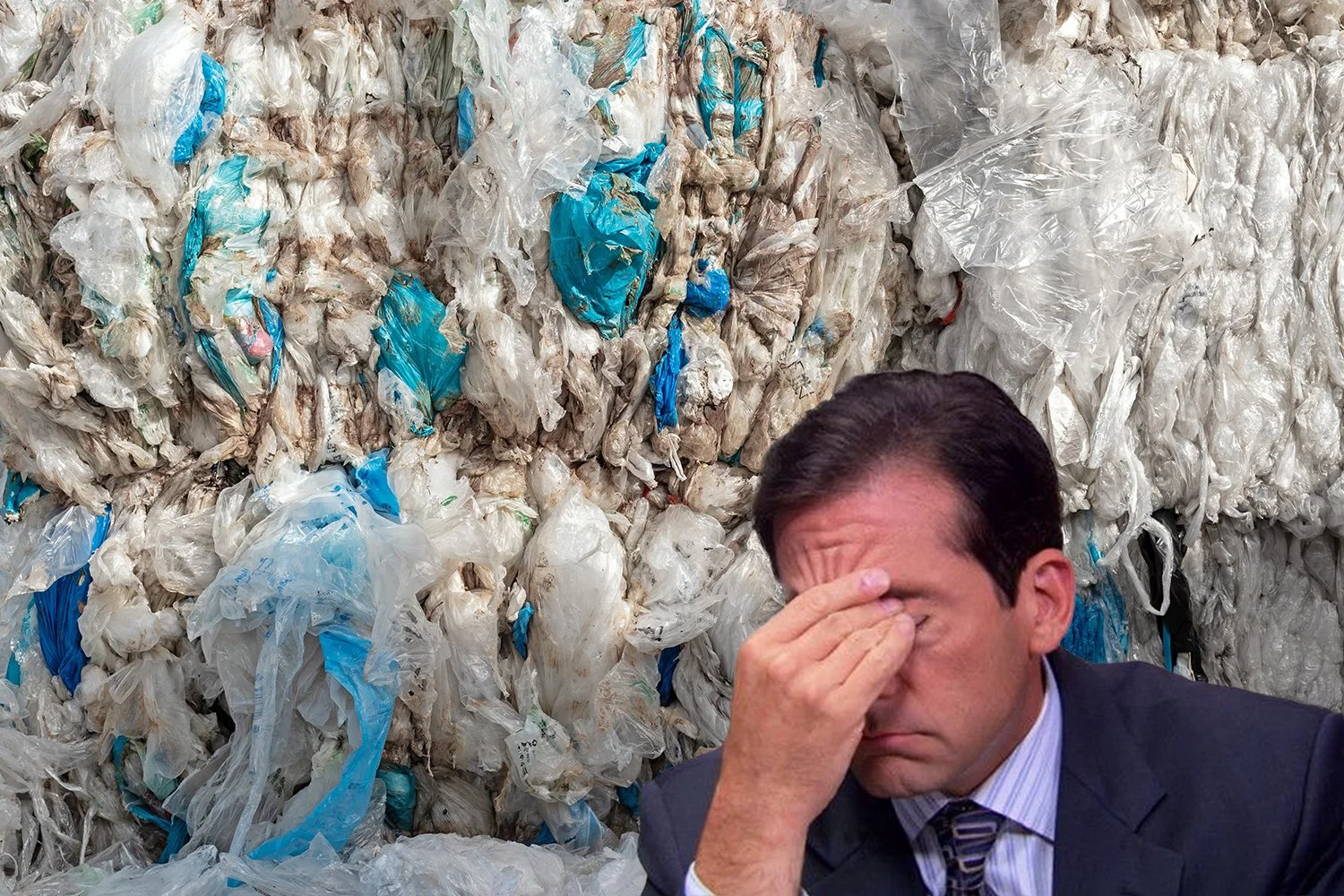60+ Packaging industry statistics on profitability & sustainability
Global packaging market overview
Globally, the packaging industry is a multi-trillion-dollar market that plays a crucial role in product protection, branding, and distribution across all sectors. Driven by innovation, sustainability, and changing consumer habits, it continues to expand worldwide.
The packaging industry is broad and multi-layered. It includes far more than just shipping boxes. It comprises:
Primary packaging: The first layer of packaging that directly contains the product (e.g. food wrappers, beverage cans, pill bottles, cosmetic jars).
Secondary packaging: The outer packaging that groups primary units for branding or retail display (e.g. cereal boxes, 6-pack rings, branded cartons).
Tertiary packaging: Bulk or transport packaging used in shipping and logistics (e.g. corrugated boxes, pallets, shrink wrap).
Flexible packaging: Materials like pouches, sachets, or films are used across food, pharma, and personal care.
Image source: Precedence Research
Sustainable and smart packaging: Innovations such as compostable materials, refillable systems, QR-enabled labels, or temperature-sensitive sensors.
The global packaging market is projected to grow from $1 trillion in 2024 to $1.44 trillion by 2034, with steady annual growth of 3.2%.¹
Asia-Pacific held the largest market share in 2023, accounting for 46.3% of total packaging volumes.²
In 2023, rigid plastics made up 31.4% of total packaging consumption, followed by flexible packaging at 30.5% and paper and board at 15.2%.²
The flexible packaging market is expected to grow from $210.6 billion in 2023 to $238.9 billion by 2029, with annual growth of 2.1%.³
The global plastic packaging market size was valued at $396 billion in 2024 and is estimated to grow at an annual growth rate of 3.8% from 2025 to 2034.⁴
In 2024, the rigid packaging market was valued at $452.96 billion, with projections indicating it will reach $704.24 billion by 2032, an annual growth rate of 5.67%.⁵
In 2024, food and beverages dominated the packaging market, holding the largest market share among end-users.⁶
The global industrial packaging market size was valued at $75 billion in 2024 and is projected to reach $115 billion by 2032.⁷
The global pharmaceutical packaging market is set for rapid growth, rising from $146.1 billion in 2024 to $342.2 billion by 2034, driven by a strong 8.9% annual growth rate and rising demand for safe, efficient drug delivery.⁸
The sustainable pharmaceutical packaging market is booming, projected to surge from nearly $100 billion in 2024 to about $377 billion by 2034, thanks to an impressive 14.2% annual growth rate as the industry embraces greener solutions.⁸
The global green packaging market is on a strong upward trajectory, growing from $333 billion in 2024 to about $583.4 billion by 2034, driven by rising demand for sustainable solutions and steady 5.8% annual growth.⁸
The global advanced packaging market is set to more than double, rising from $36.5 billion in 2024 to over $82.5 billion by 2034, powered by a strong 8.5% annual growth rate and demand for smarter, more efficient packaging technologies.⁸
The global smart packaging market is expected to grow from $30.3 billion in 2024 to around $55.6 billion by 2034, driven by rising demand for tech-enabled, interactive packaging and steady 6.2% annual growth.⁸
The global zero waste packaging market is set for major expansion, growing from $289 billion in 2024 to over $724 billion by 2034, fuelled by strong demand for sustainable solutions and a rapid 9.6% annual growth rate.⁸
Image source: Global Market Insights
The real story in packaging is the shift in consumer expectations. As sustainability and user experience become non-negotiables, the real winners will be companies bold enough to rethink what packaging should do.
Brands that treat packaging as an afterthought will be left behind, while those that see it as a tool for trust, transparency, and storytelling will own the future.
Packaging industry segments statistics
Packaging industry segmentation statistics highlight how the market is divided by material types, end-use sectors, and packaging formats. These insights help identify growth areas, consumer demand, and emerging trends across different categories.
Packaging material segments statistics
The paper and paperboard segment led the packaging market in 2024, driven by increasing demand for sustainable packaging solutions.⁶
Rigid plastics held the largest revenue share in the US packaging materials market in 2024, attributed to their durability and versatility.⁹
Flexible plastics are projected to experience the highest annual growth rate of 5.1% from 2023 to 2028, reflecting their growing popularity in various applications.¹⁰
In Brazil, glass accounted for 15.1% of packaging volume but only 4.3% of value in 2014, indicating its lower cost per unit compared to other materials.³⁰
In 2014, metals made up 13.3% of Brazil’s packaging volume but accounted for 18.4% of its value, reflecting their higher cost and specialised applications.³⁰
The global flexible packaging market grew from $228 billion to $269 billion between 2019 and 2024, showing steady annual growth of 3.3%.¹³
End-use packaging segments statistics
Food and beverages held the largest market share among end-users in 2024, dominating the packaging market.⁶
Personal care and hygiene is projected to grow at the fastest annual growth rate of 4.5% over the forecast period, driven by increasing demand for hygiene products.¹¹
The global pharmaceutical packaging market size was $146 billion in 2024 and is expected to reach approximately $342 billion by 2034, growing at an annual rate of nearly 9%.¹¹
Household products held a significant market share in 2024, reflecting steady demand for cleaning and maintenance products.¹
Packaging sector statistics
The food sector accounts for almost half of rigid plastic packaging consumption worldwide, followed by non-food and beverages. The non-food segment includes all other segments, such as cosmetics, healthcare, industrial, consumer products, etc. The percentages are shown in the table below:¹²
| Sector | % share of rigid plastic packaging consumption in 2023 |
|---|---|
| Food | 40% |
| Non-Food | 32% |
| Beverages | 28% |
The global packaging market is segmented into three main categories: primary, secondary, and tertiary packaging. Here’s a breakdown of these three segments, including their functions, typical materials, and projected market size and growth:
| Packaging segment | Purpose | Typical materials | Market size and growth |
|---|---|---|---|
| Primary packaging14 | Directly contains and protects the product. It's the first layer consumers interact with (e.g. bottles, jars, wrappers). | Plastics (PET, HDPE), glass, aluminium, paperboard, laminates. | $475.8 billion in 2024, expected to reach $663B by 2034. CAGR: 3.4% |
| Secondary packaging15 | Groups primary packages for branding, shelf display, and added protection. Often includes branding and consumer-facing messaging. | Corrugated cardboard, rigid boxes, paperboard cartons, shrink wrap. | $253.1 billion in 2024, projected to hit $366.8 billion by 2032. CAGR: 4.7% |
| Tertiary packaging16 | Protects products during bulk transport and storage. Often reusable for logistics efficiency (e.g. pallets, crates). | Reusable plastic containers, wood pallets, metal racks, bulk bins. | $107 billion in 2023 9.7% of global packaging market CAGR: 5.8% |
Businesses that truly engage with this data can go beyond surface-level segmentation to uncover unmet needs, shifting priorities, and behavioural contradictions across demographics.
While younger consumers regularly express strong preferences for sustainability, actual purchase behaviour may still be based on price, revealing a gap between intention and action that smart brands can bridge through design and messaging. It’s the right time to capitalise on the sustainable packaging trajectory.
Regional packaging market insights
Regional insights into the global packaging industry reveal distinct market dynamics across different areas. Let’s see how the packaging industry is performing around the world. Each region shows unique trends in growth, material use, and consumer demand.
Asia-Pacific packaging market
In 2024, Asia-Pacific dominated the global packaging market, holding the largest market share.⁷
In 2023, Asia-Pacific accounted for 41.79% of the global industrial packaging market, the highest among all regions.⁷
Asia-Pacific was the largest revenue-generating region in the global flexible packaging market in 2023.¹⁷
North America packaging market
The US packaging materials market generated $108 billion in 2024 and is projected to grow to $141 billion by 2030, driven by steady 4.4% annual growth.⁹
28.8% of the global flexible packaging market revenue in 2023 came from North America.¹⁷
In 2024, the US accounted for 17.4% of the global packaging materials market revenue.⁹
Europe packaging market
Europe's packaging industry is expanding rapidly, driven by a strong emphasis on sustainability and environmental responsibility across all countries.⁶
From 2024 to 2030, Germany is expected to register the highest annual growth rate in the flexible packaging market.¹⁷
Europe is expected to hold the largest share in the global green packaging market by 2030.¹⁷
Latin America packaging market
In 2014, Brazil's packaging market realised $35 billion in sales, making it the fifth-largest in the world.³⁰
Between 2011 and 2016, Brazil's packaging market showed an estimated median growth of 6.2%.³⁰
The demand for sustainable packaging types has been increasing steadily in Brazil since the 2000s.³⁰
One thing is clear: no matter which part of the world you examine, the packaging market is experiencing steady growth. Regions like Asia-Pacific and Latin America, often not seen as revenue leaders compared to Europe or North America in other industries, are emerging as two of the top-performing markets. This highlights continued market expansion across both traditional and sustainable packaging materials.
Trends & innovations in packaging
The packaging industry is undergoing a transformative shift driven by sustainability, technological advancements, and evolving consumer preferences.
A significant majority of consumers prioritise sustainability in packaging, and many businesses have recognised ways to replace plastic packaging with more sustainable alternatives.
82% of consumers are willing to pay more for products with sustainable packaging.³¹
Among Gen Z consumers, this figure rises to 90%.³¹
80% of cosnumers are interested in refillable packaging options.¹⁸
Over 51% of plastic food packaging in the UK could be minimised or replaced entirely, highlighting a substantial opportunity for alternative packaging materials.¹⁸
Amazon has replaced 95% of its plastic air pillows with recycled paper filler in North America, aiming to eliminate nearly 15 billion plastic air pillows annually.¹⁹
The smart packaging market is projected to reach nearly $56 billion by 2034, growing at 6.24% annually from 2024.¹
Innovations in active packaging, such as oxygen scavengers and antimicrobial agents, are improving shelf life and product safety, particularly in food and pharmaceutical sectors.²⁸
Researchers have developed edible packaging materials using seaweed and other biopolymers, offering biodegradable and consumable alternatives to traditional packaging.²⁹
Brands are adopting unconventional packaging designs, such as tampons in ice cream tubs, to stand out and engage consumers through surprise and novelty.²⁰
The EU Packaging and Packaging Waste Regulation (PPWR) mandates clear recycling labels and a shift towards recyclable or reusable packaging materials.²¹
The trend of "paperisation" involves replacing plastic packaging with paper-based alternatives, driven by environmental concerns and consumer preferences.²²
The protective packaging market is expected to grow from $42.5 billion in 2023 to $63.8 billion by 2030, at an annual growth rate of 6%, driven by ecommerce and product safety demands.²³
Advancements in recyclable thin-film electronics are enabling smart packaging solutions that monitor product conditions and are environmentally friendly.²⁴
Advances in technology and policymaking show that the packaging industry is no stranger to adopting new trends and innovations. Sustainability is the hallmark of change to come, with businesses of all sizes opting to eliminate or reduce plastic use in one way or another. Rising revenues also demonstrate that environmental impact and profitability aren’t mutually exclusive.
Consumer behaviour & demand in packaging
Consumer behaviour in the packaging industry is increasingly influenced by sustainability, with a significant majority of consumers basing buying decisions on sustainable packaging options.
90% of consumers are more likely to purchase from brands that use sustainable packaging.²⁵
54% have deliberately chosen products with sustainable packaging in the past six months.²⁵
43% of consumers are willing to pay extra for products with sustainable packaging.²⁵
39% of consumers have switched to competing brands because they offer sustainable packaging options.²⁵
Among Millennials, 59% have consciously purchased products with sustainable packaging in the last six months.²⁵
For Gen Z, this figure is 56%, indicating strong impact-conscious purchasing behaviour among younger demographics.²⁵
74% of US consumers say packaging design influences their purchasing decisions, emphasising the importance of visual appeal and functionality.²⁵
70% of consumers prefer packaging with clear sustainability labels.²⁵
20% actively avoid products without sustainability labelling, highlighting the need for transparent communication.²⁵
80% of consumers express interest in purchasing products with refillable packaging to reduce environmental impact.²⁷
79% of shoppers are more likely to buy products with scannable QR codes that provide detailed product information, including sustainability practices.²⁶
A rising number of consumers expect sustainability to be a core element of packaging solutions. Beyond improving the unboxing experience, the use of renewable materials can also give products a more premium feel, making many consumers more willing to pay a higher price.
While plastic packaging will likely always be cheaper than sustainable packaging, there’s a compounding cost to the environment. Unsustainable practices will lead to unsustainable business, as exponential climate change disrupts service delivery through natural disasters and biodiversity loss.
Our goal is to replace plastic packaging altogether. Contact our team to learn more about Woola.
Sources
- Precedence Research — Packaging Material Market
- GlobeNewswire — Global Packaging Industry Market Opportunity Analysis 2024
- GlobeNewswire — Flexible Packaging Market Insights Report 2024–2029
- GMI Insights — Plastic Packaging Market
- Fortune Business Insights — Rigid Packaging Market
- Towards Packaging — Packaging Market Sizing
- Fortune Business Insights — Industrial Packaging Market
- Precedence Research — Global Packaging Market
- Grand View Research — U.S. Packaging Materials Market
- Smithers — The Future of Global Packaging to 2028
- Grand View Research — Consumer Packaging Market Report
- Smithers — The Future of Rigid Plastic Packaging to 2028
- Smithers — Packaging Market Forecast
- Market Research Future — Primary Packaging Market
- GMI Insights — Secondary Packaging Market
- Fortune Business Insights — Tertiary Packaging Market
- Grand View Research — Flexible Packaging Market Size
- Food & Wine — DS Smith Packaging Study
- AP News — Amazon Replaces Plastic with Paper Filler
- The Times — Chaos Packaging Trend
- European Commission — Packaging Waste Regulation
- Packaging Dive — Sustainable Packaging Innovation
- GlobeNewswire — Protective Packaging Industry Research Q4 2024
- arXiv — Recyclable Electronics for Smart Packaging
- Shorr — Sustainable Packaging Consumer Report
- Packaging Digest — Packaging Megatrends 2025
- PR Newswire — Sustainable Packaging Consumer Behavior
- ScienceDirect — Packaging Innovations and Consumer Perception
- Times of India — Edible Cups Innovation
- NY Times — Packaging and the Environment
- Trivium Packaging — Buying Green Report







